
Concept explainers
(a)
Interpretation: Among the given terms aldoses, ketoses, hexoses and aldohexoses, the term that is applied to both
Concept introduction: The simplest hydrolyzed form that is obtained from the carbohydrates is known as monosaccharide. Monosaccharide is categorized into two types. The first type of monosaccharide is aldoses and the second type of monosaccharide is ketoses. Aldoses sugar possesses
Monosaccharides are also classified on the basis of the number of carbon atoms present in it. For example, the sugar that contains five carbon atoms is known as pentoses sugar and the sugar that contains six carbon atoms is known as hexoses sugar.
(a)
Answer to Problem 18.62EP
The monosaccharide,
Explanation of Solution
The monosaccharide,

The second sugar,

(b)
Interpretation: Among the given terms aldoses, ketoses, hexoses and aldohexoses, the term that is applied to both
Concept introduction: The simplest hydrolyzed form that is obtained from the carbohydrates is known as monosaccharide. Monosaccharide is categorized into two types. The first type of monosaccharide is aldoses and the second type of monosaccharide is ketoses. Aldoses sugar possesses aldehyde as a functional group and the ketoses sugar possesses ketone as a functional group.
Monosaccharides are also classified on the basis of the number of carbon atoms present in it. For example, the sugar that contains five carbon atoms is known as pentoses sugar and the sugar that contains six carbon atoms is known as hexoses sugar.
(b)
Answer to Problem 18.62EP
The monosaccharide,
Explanation of Solution
The monosaccharide,
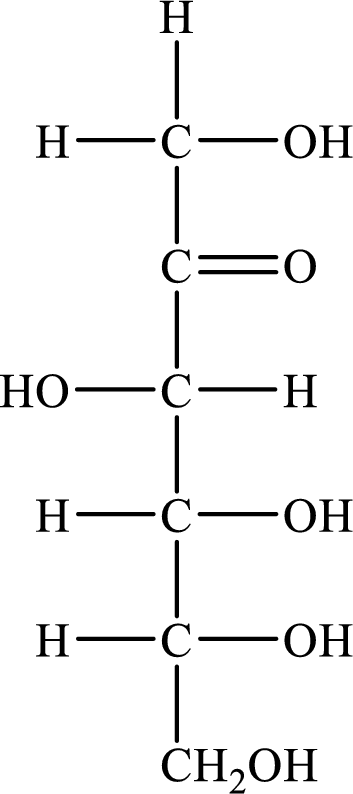
The second sugar,
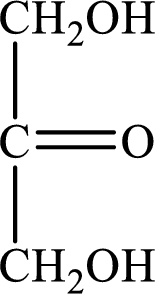
(c)
Interpretation: Among the given terms aldoses, ketoses, hexoses and aldohexoses, the term that is applied to both
Concept introduction: The simplest hydrolyzed form that is obtained from the carbohydrates is known as monosaccharide. Monosaccharide is categorized into two types. The first type of monosaccharide is aldoses and the second type of monosaccharide is ketoses. Aldoses sugar possesses aldehyde as a functional group and the ketoses sugar possesses ketone as a functional group.
Monosaccharides are also classified on the basis of the number of carbon atoms present in it. For example, the sugar that contains five carbon atoms is known as pentoses sugar and the sugar that contains six carbon atoms is known as hexoses sugar.
(c)
Answer to Problem 18.62EP
The monosaccharide,
Explanation of Solution
The monosaccharide,

The second sugar,
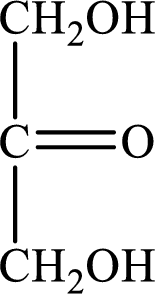
(d)
Interpretation: Among the given terms aldoses, ketoses, hexoses and aldohexoses, the term that is applied to both
Concept introduction: The simplest hydrolyzed form that is obtained from the carbohydrates is known as monosaccharide. Monosaccharide is categorized into two types. The first type of monosaccharide is aldoses and the second type of monosaccharide is ketoses. Aldoses sugar possesses aldehyde as a functional group and the ketoses sugar possesses ketone as a functional group.
Monosaccharides are also classified on the basis of the number of carbon atoms present in it. For example, the sugar that contains five carbon atoms is known as pentoses sugar and the sugar that contains six carbon atoms is known as hexoses sugar.
(d)
Answer to Problem 18.62EP
The monosaccharide,
Explanation of Solution
The monosaccharide,
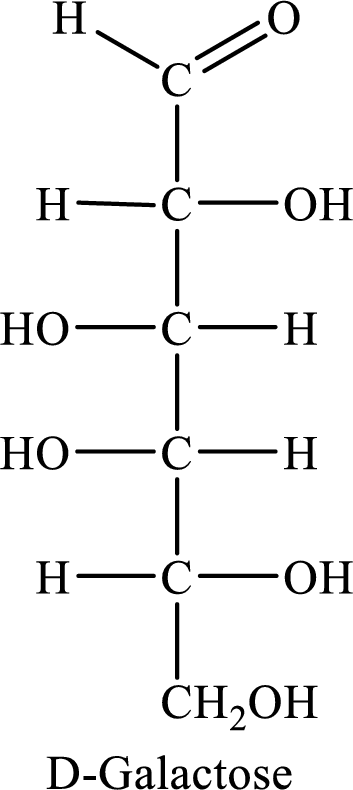
The second sugar,
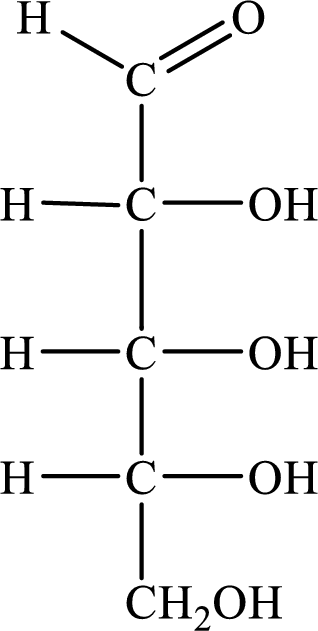
Want to see more full solutions like this?
Chapter 18 Solutions
Bundle: General, Organic, And Biological Chemistry, Loose-leaf Version, 7th + Lms Integrated For Owlv2 With Mindtap Reader, 4 Terms (24 Months) ... Chemistry (powered By Owlv2), 4 Terms (2
 General, Organic, and Biological ChemistryChemistryISBN:9781285853918Author:H. Stephen StokerPublisher:Cengage Learning
General, Organic, and Biological ChemistryChemistryISBN:9781285853918Author:H. Stephen StokerPublisher:Cengage Learning Organic And Biological ChemistryChemistryISBN:9781305081079Author:STOKER, H. Stephen (howard Stephen)Publisher:Cengage Learning,
Organic And Biological ChemistryChemistryISBN:9781305081079Author:STOKER, H. Stephen (howard Stephen)Publisher:Cengage Learning, Introductory Chemistry: An Active Learning Approa...ChemistryISBN:9781305079250Author:Mark S. Cracolice, Ed PetersPublisher:Cengage Learning
Introductory Chemistry: An Active Learning Approa...ChemistryISBN:9781305079250Author:Mark S. Cracolice, Ed PetersPublisher:Cengage Learning Chemistry for Today: General, Organic, and Bioche...ChemistryISBN:9781305960060Author:Spencer L. Seager, Michael R. Slabaugh, Maren S. HansenPublisher:Cengage Learning
Chemistry for Today: General, Organic, and Bioche...ChemistryISBN:9781305960060Author:Spencer L. Seager, Michael R. Slabaugh, Maren S. HansenPublisher:Cengage Learning



